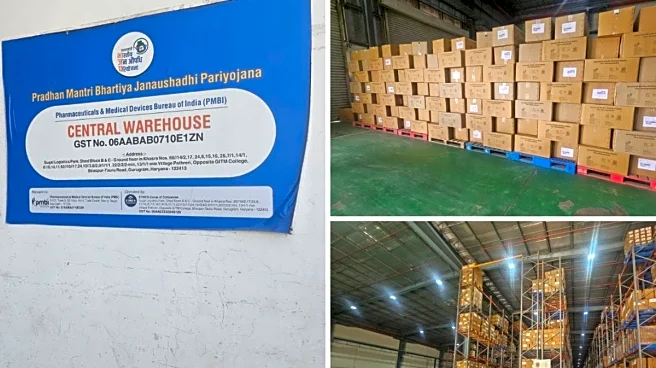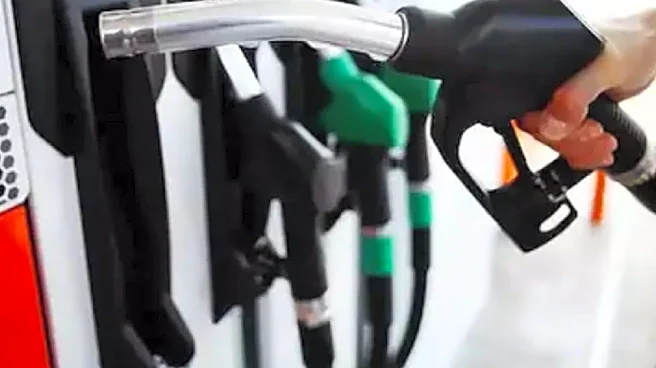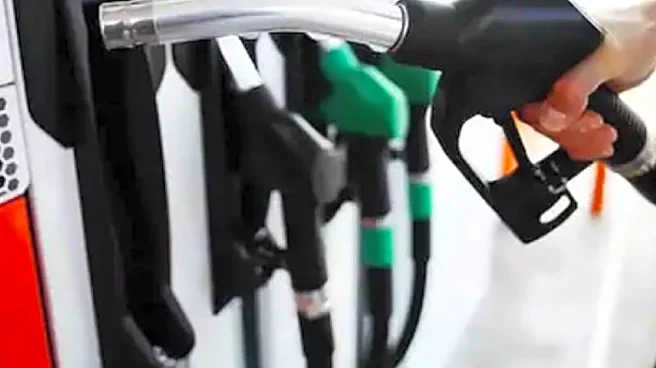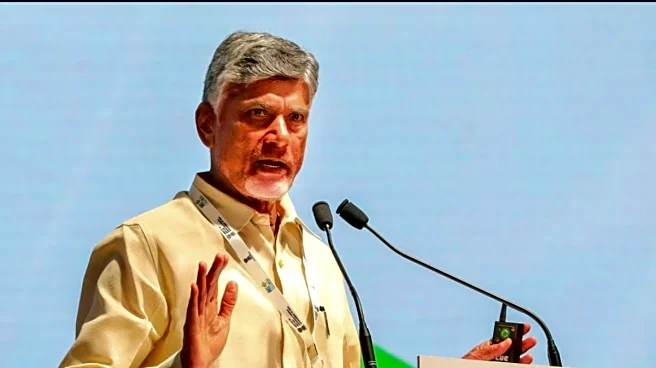A dramatic shift has been unfolding in India’s medicine retail ecosystem. Over the past 11 years, the number of Jan Aushadhi Kendras (JAKs) has increased from 80 stores in 2014 to 16,955 as of October
31, 2025, marking a staggering 210-fold expansion. Even more striking is the scale of business these discount generic pharmacies have begun to command — sales have jumped by more than 177 times in the same period. This expansion reflects the growing push behind the Pradhan Mantri Bhartiya Janaushadhi Pariyojana (PMBJP), a flagship programme by the Prime Minister Narendra Modi government aimed at providing affordable generic medicines to the masses. The generics sold through these stores are priced at least 50 per cent lower than branded equivalents and, in some cases, offer discounts of up to 80 per cent. While the scheme was launched by then United Progressive Alliance (UPA) government in 2008, it was relaunched and overhauled by the Modi government in 2015. Sample this: Medicines that cost Rs 303 in the retail market, such as the anti-allergic drug levocetirizine, are sold for just Rs 13. Similarly, a strip of anti-diabetic drug glimepiride priced at Rs 54 in branded outlets costs only Rs 5.16 at Jan Aushadhi stores. Oncology drugs show a similar trend, with Imatinib Mesylate 400 mg available at Rs 210, instead of nearly Rs 1,952 in conventional shops. Prime Minister Narendra Modi routinely highlights the scheme as proof that affordable healthcare can be delivered at scale. From episodes of Mann Ki Baat to political rallies, he often cites Jan Aushadhi Kendras as an example of how ordinary families can save hundreds or even thousands of rupees each month on routine medicines. The government now plans to scale the network from the current 16,955 Kendras to 20,000 by March 2026. “The next phase will focus on strengthening the product range, adding new nutraceutical and Ayush-based items, and widening the distribution footprint in underserved regions,” a senior official working at the Pharmaceuticals & Medical Devices Bureau of India (PMBI) told News18 while touring the scheme’s Manesar-based 1,42,000-sq-feet warehouse. PMBI is the execution arm of the scheme, working as a registered society under the Department of Pharmaceuticals, Ministry of Chemicals and Fertilisers.
No More Drug Quality Issues?
At the heart of the system is a supply chain built to handle nation-scale demand. Five major warehouses in Gurugram, Chennai, Bengaluru, Guwahati and Surat feed 39 distributors across India. A fully IT-enabled, SAP-backed forecasting and inventory platform maintains the flow of medicines and equipment.
“Earlier, there were quality concerns. But now, we have put in place a very robust mechanism to test the quality,” the officer quoted above said.
“All drug makers supplying their products for the scheme are WHO-GMP certified. Once we receive the batches, random samples go for testing at NABL-accredited labs. Only after the lab reports, we release the stock for our pharmacy outlets.” The official, an employee at the warehouse, requested anonymity as he was not the official spokesperson.
Expanding Product Basket
The affordability push is backed by a rapidly expanding product basket. PMBJP today supplies 2,110 generic medicines and 315 surgical items, compared to 1,450 medicines and 204 surgical products in 2021-22. Over the years, the list has grown to include everything from antibiotics and cardiovascular drugs to oximeters and sanitary napkins. In fact, the government’s launch of the Janaushadhi Suvidha biodegradable sanitary napkin at Rs 1 per pad in 2019 has turned into a massive public health intervention of its own, with 100 crore pads sold so far.
“The volume of sales underscores how deeply the scheme has penetrated everyday healthcare expenditure. In 2024-25 alone, these outlets recorded sales worth Rs 2,022 crore, translating into estimated savings of more than Rs 8,000 crore for consumers. In the current financial year up to October 31, 2025, the stores have already reported Rs 1,245.13 crore in sales,” said another official, who was giving the presentation to the group of reporters invited to tour the facility.
Beyond affordability, the model is also being framed as a mass entrepreneurship engine. The scheme operates on a franchise-like structure that allows individuals, self-help groups, women entrepreneurs, ex-servicemen and Primary Agriculture Credit Societies (PACS) to run stores.
In January, Union Minister for Home Affairs and Cooperation Amit Shah expanded the scope of PACS. He announced that the scope of PACS has been widened beyond their original function of dealing with agricultural credits at the grassroots level, and they are now empowered to access many other avenues, like the opening of Jan Aushadhi Kendras.
“The margin of 20 per cent of MRP and a range of incentives, including a one-time grant of Rs 2 lakh in special-category areas, have helped draw thousands of applicants. By October 31, 2025, as many as 4,169 PACS had received approval to open Jan Aushadhi Kendras, more than 700 of which are already functional,” the second official explained.
Digital Footprint Expanding
The scheme’s digital footprint is also growing. The Jan Aushadhi Sugam mobile app, which helps users locate nearby stores, compare the prices of generics with branded drugs, and verify MRP, has been downloaded more than 38 lakh times, a figure that continues to rise alongside physical expansion.
Eleven years on, the Jan Aushadhi model has evolved from a small basket of generics into one of the country’s biggest affordability programmes in healthcare.
Disclaimer: The reporter was part of a field visit at the scheme’s Manesar-based warehouse arranged by the Press Information Bureau.








/images/ppid_59c68470-image-17637000459693362.webp)


/images/ppid_59c68470-image-176387003614167599.webp)
